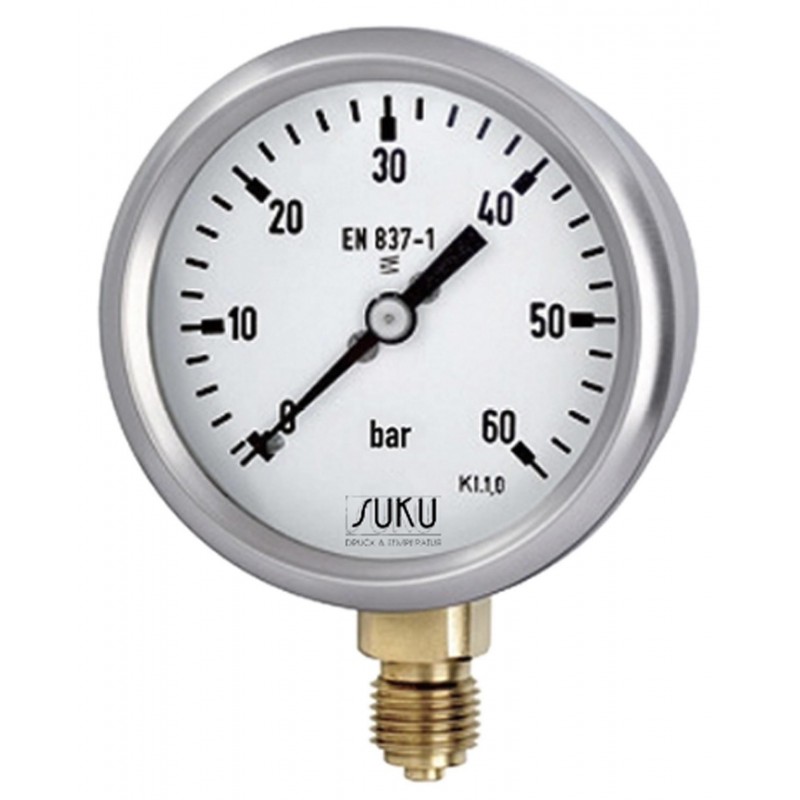How to calibrate a pressure difference transmitter level gauge
Yukogawa DPharp pressure difference transmitters with their advanced software performance eliminate this time consuming task. As retailers become smaller, finding equipment that allows us to do less is a priority. Configuring a surface transmitter can be very time consuming. The calculations required to determine the appropriate amplitude values for public transmitters are complicated by the physical design of a program.

Function
The following should be considered when using smart products
Process specific gravity
Exact location 0% and 100%
Specific gravity of capillary filler fluid or sealing fluid
Vertical height of capillary tubes
Precise orientation of the transmitter to the tank
Vertical distance between flanges
Depending on the application , the tank may be open (in connection with the atmosphere or air) or closed (under pressure).
Height In closed tanks, a pressure difference transmitter is typically used. In a pressurized tank, pressure difference transmitters with capillary and seal diaphragms are used. Lateral pressure creates a negative low pressure on the transmitter that is equal to the vertical weight equal to the specific gravity of the filled liquid.
The pressure is high at the top of the transmitter and is usually due to a zero point at the top of the transmitter. Normally works in a free tank space. This high pressure equals the vertical distance between the 0% point and the transmitter, equal to the specific gravity of the liquid. Height / pressure distance almost never agrees with P&ID because real piping (or flood diaphragm capillaries) do not form precise angles. In most cases, the exact vertical height is not known until the unit is installed.
The length of the vertical distance of the process is equal to the specific gravity: Figure 1. 10.5 * 0.9 = 9.45 mH2O (31.5 inH2O).
The calibration range is calculated by considering the positive and negative pressures of 0 and 100%. In Figure 1, the following applies:
0 ٪ = H – L (4.5 0. 0.8) – (0.8 15 15) 3.6 – 12 = -8.4 mH2O (-28 inH2O)
100 ٪ = H – L (4.5 0. 0.8) + (0.9 .5 10.5) – (0.8 x 15) 3.6 + 9.45 – 12 = 1.05 mH2O (3.5 inH2O)
Calibration range: -8.4 to 1.05 mH2O (-28 to 3.5 inH2O)
The information required to perform the calculation is not readily available. This is in the vendor’s instruction manual, the P & ID, but until the unit is actually installed, all variables will be known because the plumbing and capillary do not form the exact angle.
Solution How to calibrate a pressure difference transmitter level gauge
DPharp has an intelligent level adjustment feature that eliminates the need for pressure tank height calculations and is quick and easy to adjust. Calibration is simple by following these four steps:
Transmitter to process, height * specific gravity 0 to 45.9 mH2O (0 to 31.5 inH2O) using BT200 at C21: LRV and C22: HRV.
Install on the PRS using capillaries or impact tubes.
Reset the process to zero (4 mA).
Run BT200 H10: Auto LRV in the H: AUTO SET menu.
DPharp calculates the total height of the pressure vessels and automatically installs the device for it. It even corrects the values in the software on the C21 LRV-28 and C22 HRV 3.5 so that the customer can print and record the actual configuration for their maintenance documents. But what if I can’t reduce my trend to zero? I installed the unit, the liquid is now in the tank and the transmitter output does not match my viewing glass. what do I do? Most transmitters can only set 0% or 100%. DPharp can adjust the full height of pressurized tanks anywhere. When the transmitter is programmed with the correct aperture, all that is needed is a known point in the process (usually provided by the sight glass). The output can be adjusted in one of two ways.
Simply set the encoder to DPharp so that the output reaches the known point. In Figure 1, the output is set to 60%.
The correct value can be entered in J10: Zero Adj. In this example, the appropriate output value of 60% is entered. The amount of deviation can be seen in J11: Zero Dev.
DPharp digital measurement technology makes this possible. Using analog sensing technologies (such as capacitive sensors), amplitude changes often require a recalibration or adjustment of the A / D converter to achieve specific performance. DPharp digital sensor does not have an A / D converter, no trimming required. The new range is guaranteed to be done in the specs.
Notes
In level measurement, it is important to maintain a constant reference pressure. In a closed tank system, this is best done using a flood diaphragm and capillary.
It is important to note that the span length must be calculated on the process weight x The specific gravity of the process fluid and will not necessarily agree with the physical height.
Regardless of the fluid system or blanket, the output will be linear.
The use of a flood diaphragm solves problems such as condensation in impact piping, the need to maintain condensate tanks, and filling fluid leaks in the process.
Main features of DPharp transmitter
EJA110A Digital Solution
- Best-in-class performance
- ± 0.03% Overpressure calibration protection
- ± 0.1% per 5 years long term stability
- 100: 1 turndown
- ± 0.065% accuracy
EJX110A Premium Value
- ± 0.1% per 10 years long term stability
- 200: 1 turndown
- Best-in-class high accuracy, 0.04%
- Multi-sensing output
- Multi-variable transmitter as EJX family line-up
- Safety as standard (IEC 61508)
Rose Calibration Company in Melbourne, Australia with over ten years of experience provides all calibration, maintenance, and repair services throughout Australia. If you live in Sydney, Melbourne, Adelaide, Perth, Geelong, and Brisbane, you can receive your quote in less than two hours by fill-up the form via the “Booking” link.

